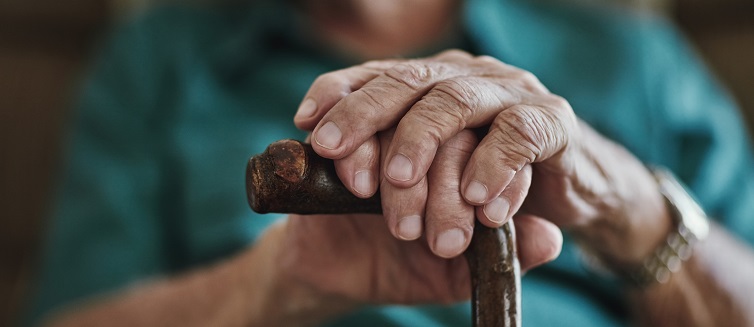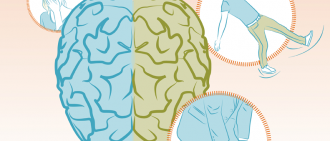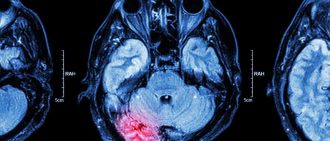A stroke occurs when blood flow to the brain is interrupted, either when a blood clot blocks a vessel (ischemic stroke) or when a vessel weakens or bursts (hemorrhagic stroke). According to the National Stroke Association, an estimated 800,000 people experience a stroke every year.
-
Use Your Head to Stop a Stroke
Learn more about the prevention and treatment options for strokes.Learn More
-
Prevent Stroke Recurrence: Four Simple Ways
Learn how you can help prevent stroke recurrence with these four simple methods. Find out how a healthy lifestyle can make a difference.Learn More
-
Endovascular Thrombectomy (EVT) for Stroke Treatment
Learn about mechanical thrombectomy, the new groundbreaking treatment for stroke available at UPMC. Discover the benefits of this procedure.Learn More
-
Stroke Symptoms in Women
Research has shown women are 33 percent less likely to report symptoms when they are suffering from a stroke. Learn more.Learn More
-
Stroke Treatment Options
Stroke treatment depends on the type of stroke. There are two main types of stroke – learn more about their treatment options.Learn More
-
Infographic: Stroke Aftermath Issues
A stroke itself is a shock and recovery can be, too. Check out our infographic to learn some common issues faced in the aftermath of a stroke.Learn More
-
Can Aspirin Lower Your Risk for Heart Attack and Stroke?
Learn how taking a daily aspirin can possibly lower your risk of heart attack and stroke.Learn More
-
Causes and Symptoms of Stroke in Young Adults: Know Your Risk Factors
Stroke can happen at any age, and there are a variety of risk factors associated with having a stroke earlier in life.Learn More
-
How Long Does a Stroke Last?
There’s no set timeframe for strokes — some can last just minutes, while others can linger for hours or even days.Learn More









